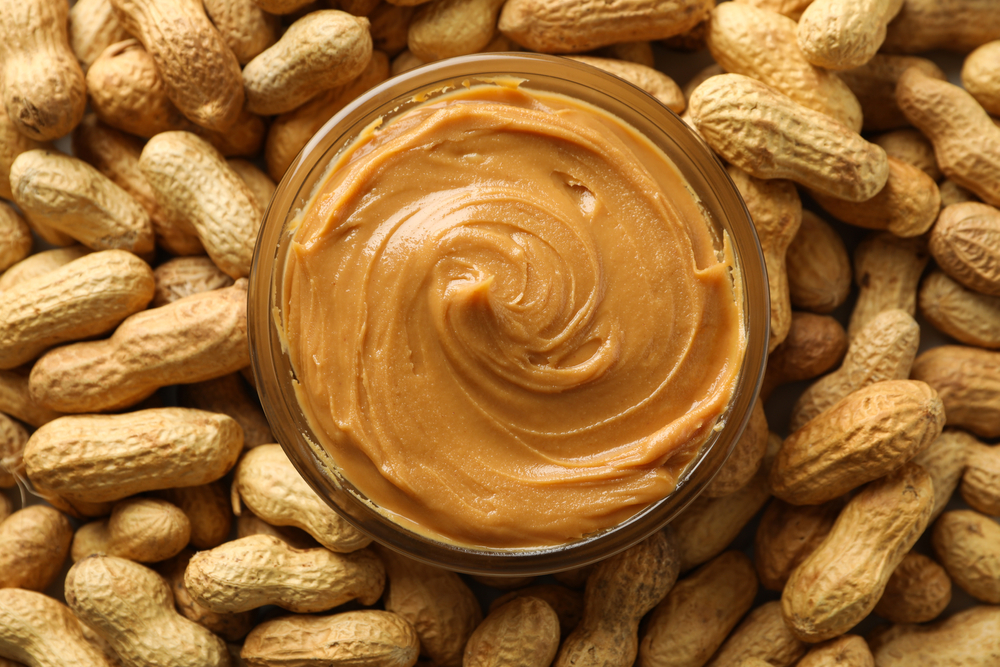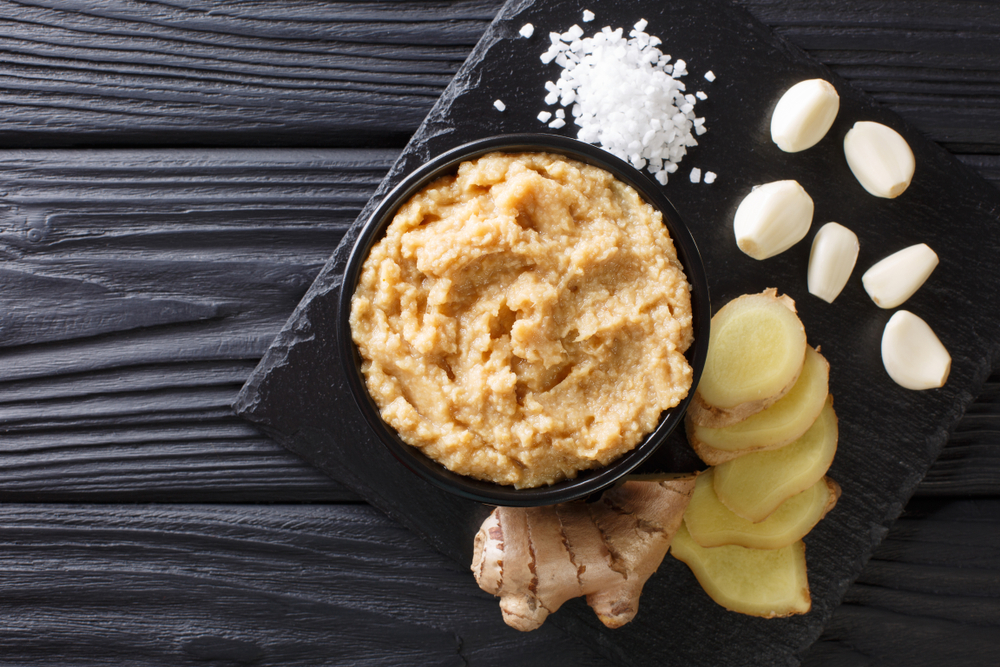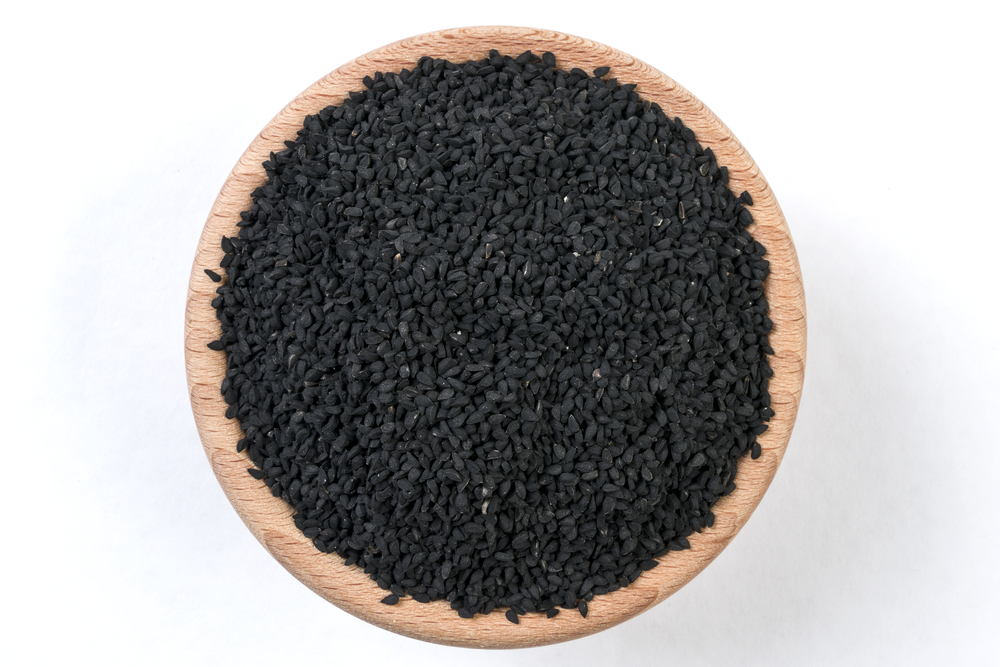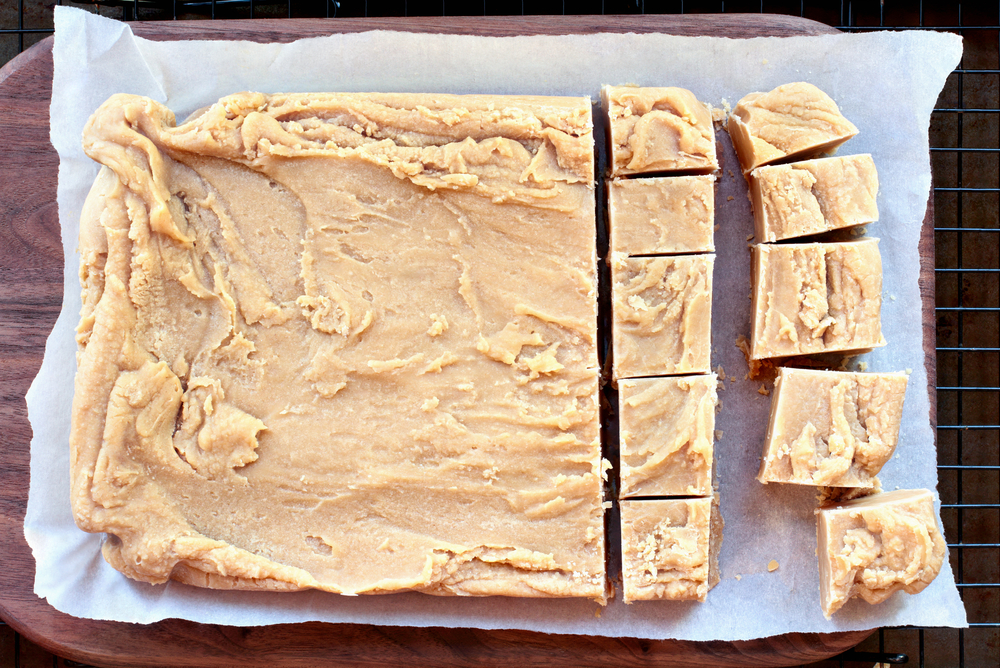I love trying new foods and exploring different flavors. One ingredient that has caught my attention recently is tahini. Tahini is a paste made from ground sesame seeds that is commonly used in Middle Eastern cuisine.
It is a versatile ingredient that can be used in both sweet and savory dishes, but I was curious about its taste profile. What does tahini taste like?
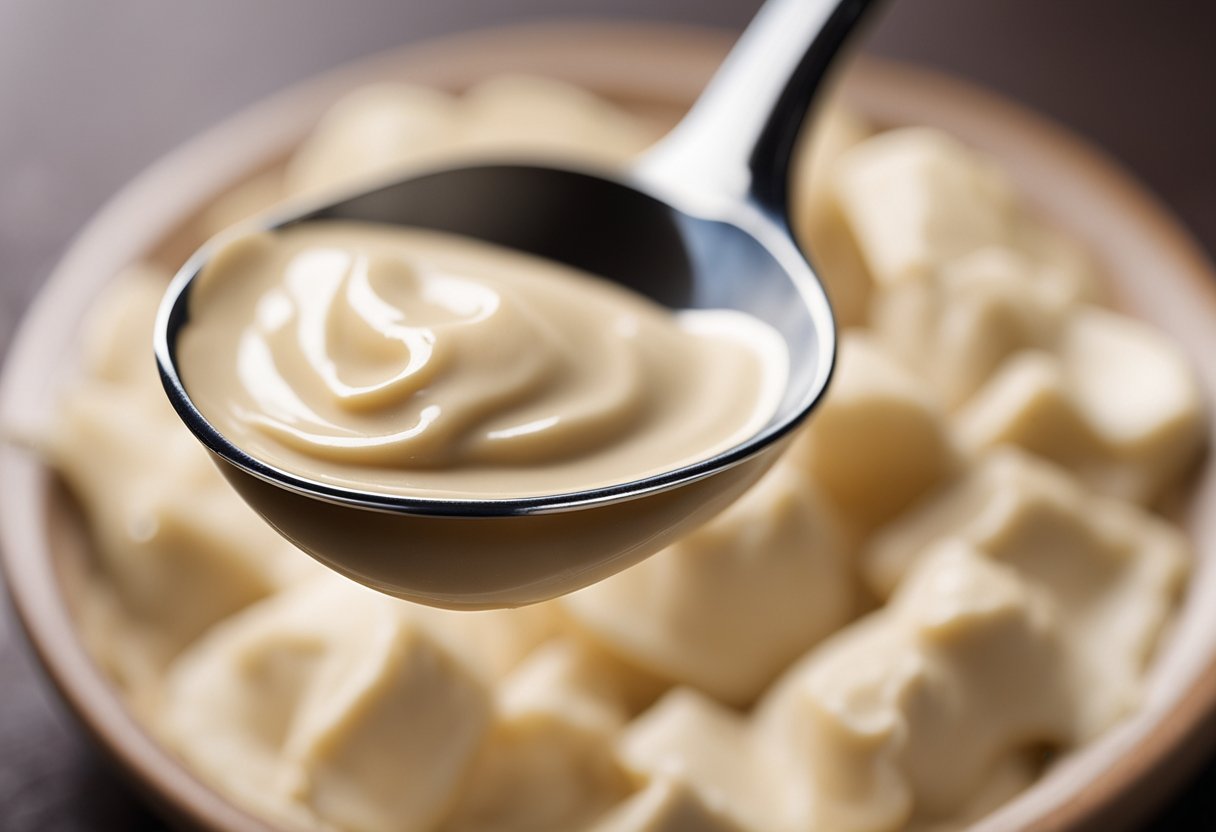
Tahini has a distinct flavor that is both nutty and savory. It has a slightly bitter taste with a hint of sweetness. The texture is smooth and creamy, similar to natural peanut butter.
Tahini can be made from either raw or toasted sesame seeds, which can affect its taste and color. The roasted version has a deeper flavor and darker color, while the raw version has a milder taste and lighter color.
Key Takeaways
- Tahini has a nutty and savory taste with a hint of bitterness and sweetness.
- The texture is smooth and creamy, similar to natural peanut butter.
- Tahini can be made from raw or roasted sesame seeds, which can affect its taste and color.
Understanding Tahini
As someone who has tasted tahini before, I can confidently say that it is a unique condiment with a distinct flavor. Tahini is a paste made from ground sesame seeds, and it is a staple ingredient in Middle Eastern and Mediterranean cuisine.
The taste of tahini can be described as nutty, earthy, and slightly bitter. The flavor can vary depending on whether the tahini is made from hulled or unhulled sesame seeds. Tahini made from roasted sesame seeds generally has a milder taste than tahini made from raw or unhulled seeds.
Tahini is a versatile ingredient that can be used in a variety of recipes. It is commonly used as a dip for vegetables or pita bread, as a sauce for falafel or shawarma, and as a dressing for salads. Tahini can also be used in desserts, such as halva or tahini cookies.
One thing to keep in mind when using tahini is that it can be quite thick and pasty. To thin it out, you can add water, lemon juice, or olive oil. You can also add other ingredients to tahini to create different flavors, such as garlic, cumin, or parsley.
Overall, tahini is a delicious and nutritious ingredient that adds a unique flavor to any dish. Whether you’re a fan of Middle Eastern cuisine or just looking to try something new, tahini is definitely worth adding to your pantry.
Tahini’s Taste Profile
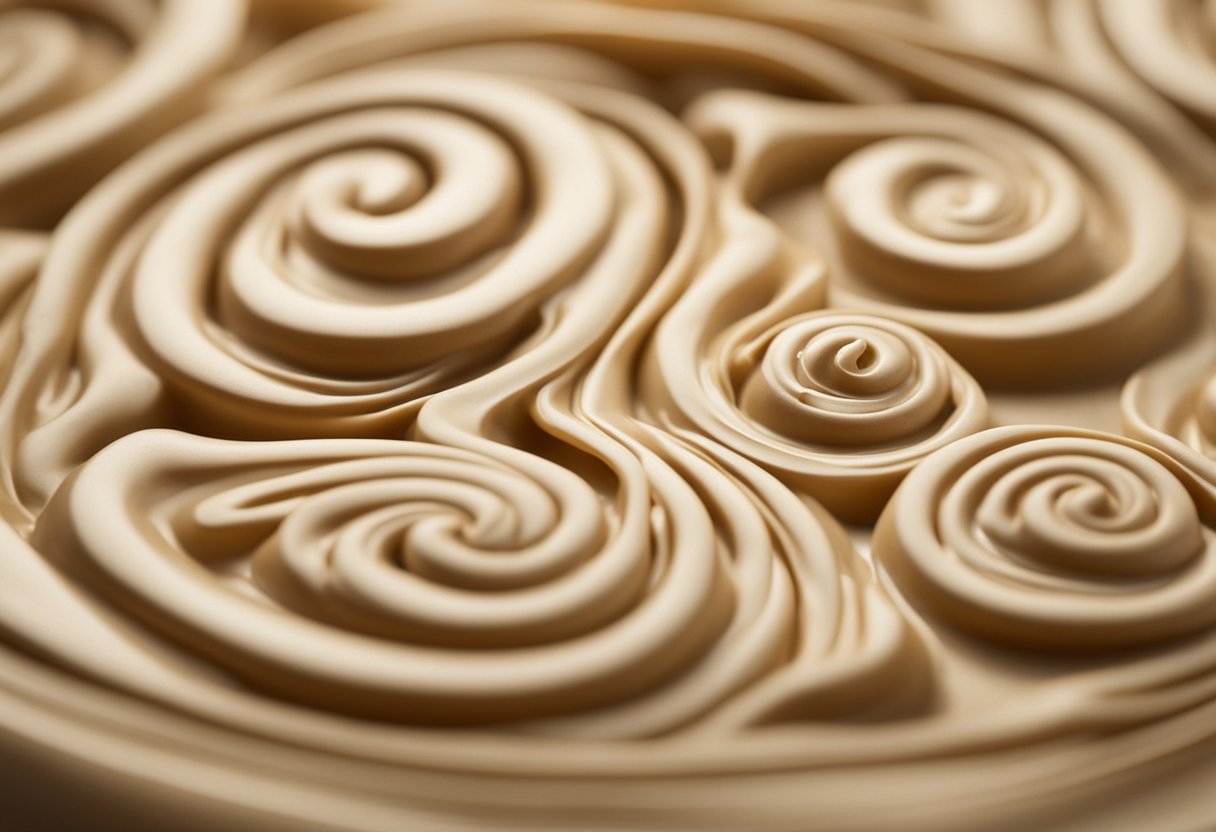
Tahini is a versatile ingredient that has a unique taste profile. As someone who has tasted tahini, I can confidently say that it has a distinct nutty flavor with a hint of bitterness and a smooth texture. The taste of tahini can vary depending on the brand and the way it is processed.
One of the primary flavors of tahini is its nuttiness. Tahini has a roasted and earthy taste that is similar to peanut butter. However, the flavor is more complex than just a simple nuttiness.
It has a slightly bitter and savory taste that gives it a unique character. The bitterness in tahini is not overpowering but instead adds depth to its flavor.
The texture of tahini is smooth and creamy, making it a perfect ingredient for dips and sauces. It has a consistency similar to that of nut butter, but it is not as sweet. Tahini is also a bit thinner than peanut butter, which makes it easier to mix with other ingredients.
When it comes to sweetness, tahini is not as sweet as other nut butters like almond or cashew butter. However, it has a natural sweetness that comes from the roasted sesame seeds. The sweetness is subtle and not overpowering, which makes it a great ingredient for both sweet and savory dishes.
In summary, tahini has a nutty flavor with a hint of bitterness and a smooth texture. It is not as sweet as other nut butters, but it has a natural sweetness that comes from the roasted sesame seeds.
The bitterness in tahini is not overpowering but instead adds depth to its flavor. Tahini’s unique taste profile makes it a versatile ingredient that can be used in a variety of dishes.
Tahini in Cooking
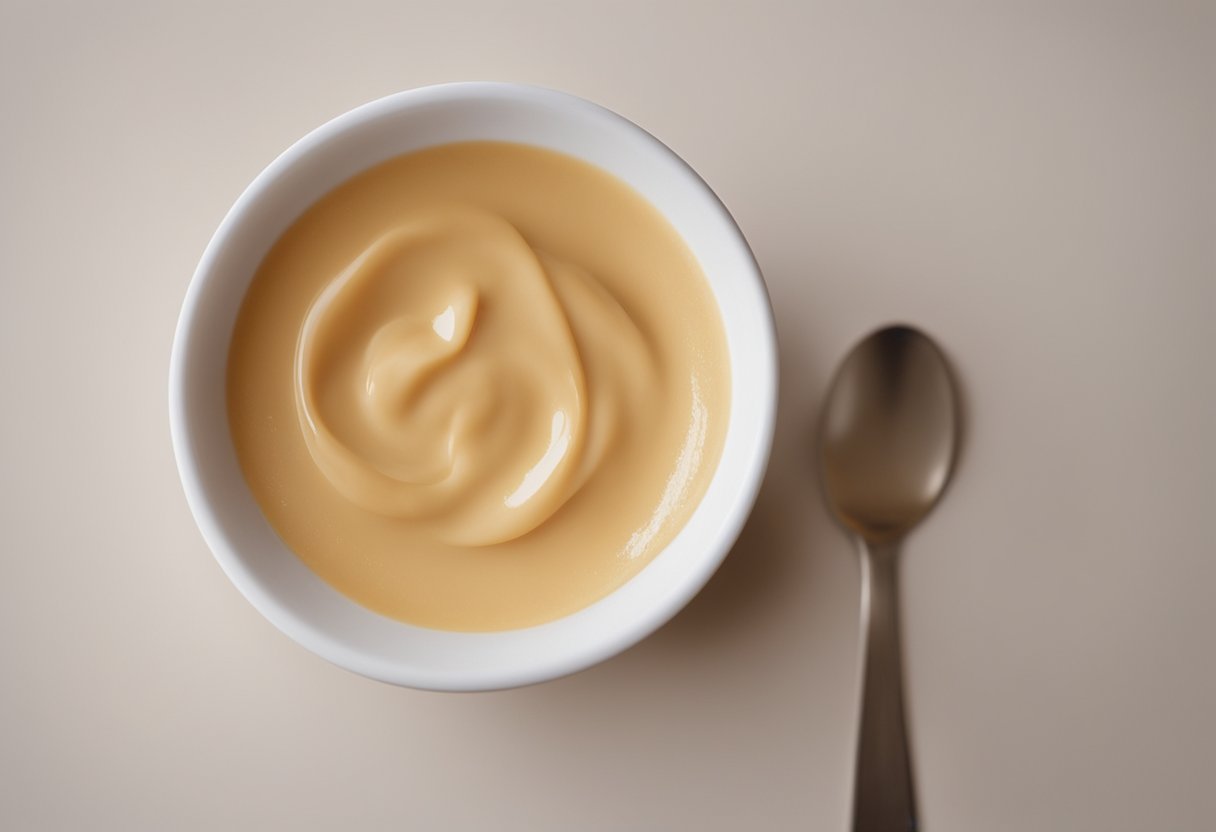
Tahini is a versatile ingredient that can be used in a variety of recipes. Here are some ways I like to use tahini in cooking:
Tahini as a Dip
Tahini makes a great dip on its own or mixed with other ingredients. I like to mix tahini with lemon juice, garlic, and salt to make a simple and tasty dip. It’s also great mixed with yogurt, honey, and syrup for a sweet and tangy dip.
Tahini in Dressings
Tahini is a great addition to salad dressings. I like to mix tahini with olive oil, lemon juice, and salt for a simple and delicious dressing. It’s also great mixed with other ingredients like honey, mustard, and vinegar for a more complex flavor.
Tahini in Baking
Tahini can be used in baking to add a nutty flavor to cookies and other baked goods. I like to use tahini in cookie recipes in place of peanut butter or other nut butters. It’s also great mixed with halva or other sweet ingredients for a unique flavor.
Tahini in Other Recipes
Tahini can be used in a variety of other recipes as well. It’s great mixed with pasta and vegetables for a creamy sauce. It’s also great mixed with meats and citrus for a tangy marinade.
Experimenting with Tahini
One of my favorite things about tahini is how versatile it is. I love experimenting with tahini in different recipes to see what works best. Whether you’re using it in a dip, dressing, or baked good, tahini is a great ingredient to have on hand.
When using tahini in recipes, it’s important to pay attention to prep time, cook time, and total time. Tahini can add a lot of flavor to a recipe, but it can also be overpowering if not used in the right amounts. I recommend doing taste tests as you go to make sure you’re getting the right balance of flavors.
Overall, tahini is a great ingredient to have in your pantry. It’s versatile, flavorful, and can be used in a variety of recipes. Try it out in your favorite recipes or experiment with new ones to see what works best for you.
Tahini’s Nutritional Profile

Tahini is a creamy, nutty paste made from ground sesame seeds, and it is a staple ingredient in Middle Eastern cuisine. Tahini is a great source of essential vitamins and minerals, healthy fats, and other nutrients that can provide several health benefits.
Vitamins and Minerals in Tahini
Tahini is rich in several essential vitamins and minerals, including calcium, iron, protein, magnesium, zinc, phosphorus, and vitamins B2.
These minerals play a vital role in maintaining healthy bones, muscles, and blood cells, and they can also help boost your immune system and support your overall health.
Tahini’s Fats and Calories
Tahini is a high-fat food, but it is packed with healthy fats that can help lower cholesterol levels and reduce the risk of heart disease.
Tahini is also a good source of unsaturated fat, which is considered a healthy fat that can help improve your overall health. One tablespoon of tahini contains approximately 89 calories, making it a great addition to a vegan diet.
Other Nutritional Facts
In addition to vitamins, minerals, and healthy fats, tahini is also a good source of fiber, which can help regulate your digestive system and keep you feeling full for longer periods.
Tahini also contains phytosterols, which are compounds that can help lower cholesterol levels and reduce the risk of heart disease.
When it comes to nutritional value, tahini is a great addition to any diet. It is low in sugar and sodium, making it a healthy alternative to other nut butters.
Tahini is also a great source of nutrients that can provide several health benefits, including improved heart health, lower cholesterol levels, and better overall health.
Overall, tahini is a delicious and nutritious food that can be enjoyed in a variety of ways. It is a great addition to hummus, salad dressings, and sauces, and it can also be used as a spread on sandwiches and toast.
Storing Tahini
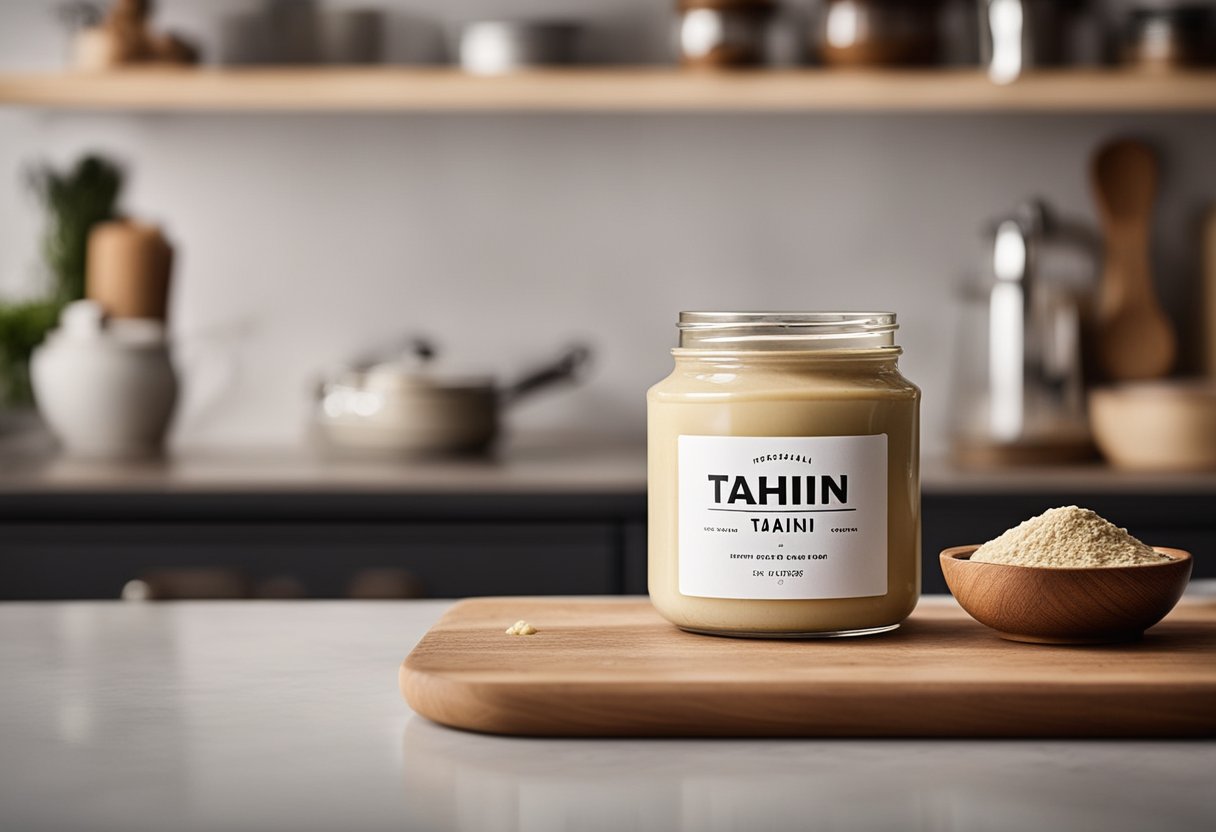
As with any food item, proper storage is essential to maintain the quality and freshness of tahini. Here are some tips on how to store your tahini:
- Refrigeration: Once opened, tahini should be stored in the refrigerator to prevent spoilage. It can be stored in its original container or transferred to an airtight container. Tahini can last up to 3-4 months in the fridge if stored properly.
- Freezing: If you have a large amount of tahini that you won’t be using anytime soon, you can freeze it to extend its shelf life. Transfer the tahini to an airtight container and make sure to leave some space at the top for expansion. Tahini can be frozen for up to 6 months.
- Thawing: When you’re ready to use your frozen tahini, transfer it to the refrigerator to thaw. Once it’s thawed, give it a thorough stir to restore its original creamy texture. Avoid thawing tahini in the microwave as it can cause the oil to separate from the paste.
- Shelf life: Tahini has a long shelf life, but its quality deteriorates over time. It’s best to use tahini before its best by date for the best experience. If tahini stays for more than 6 months past its best by date, it may go bad and should be discarded.
By following these simple storage tips, you can ensure that your tahini stays fresh and delicious for longer.
Comparing Tahini with Other Nut Butters
When it comes to nut butters, peanut butter is the most popular and widely consumed. However, there are many other nut butters available in the market, including almond butter, cashew butter, and hazelnut butter.
Tahini, on the other hand, is not technically a nut butter but a seed butter made from ground sesame seeds.
While each nut butter has its unique taste and texture, they all share the common characteristic of being rich in healthy fats, protein, and fiber. Tahini, like other nut butters, is also a good source of essential minerals such as calcium, iron, and magnesium.
When it comes to taste, tahini has a nutty, earthy, and slightly bitter flavor with a creamy, oily texture. It is less sweet than other nut butters, and the flavor can vary depending on whether it’s made from raw or toasted sesame seeds. In comparison, peanut butter has a more pronounced nutty flavor and is sweeter than tahini.
Almond butter, on the other hand, has a mild, slightly sweet flavor with a creamy texture. It is also less bitter than tahini. Cashew butter has a buttery, creamy texture and a mild, slightly sweet flavor. Hazelnut butter has a rich, nutty flavor with a slightly sweet taste.
When it comes to nutritional value, tahini is similar to other nut butters in terms of calorie and fat content. However, tahini has a higher protein content than most nut butters, making it an excellent choice for vegetarians and vegans.
In summary, while tahini is not technically a nut butter, it shares many similarities with other nut butters in terms of taste, texture, and nutritional value. Each nut butter has its unique taste and texture, and choosing one over the other ultimately comes down to personal preference.
Tahini in Different Diets
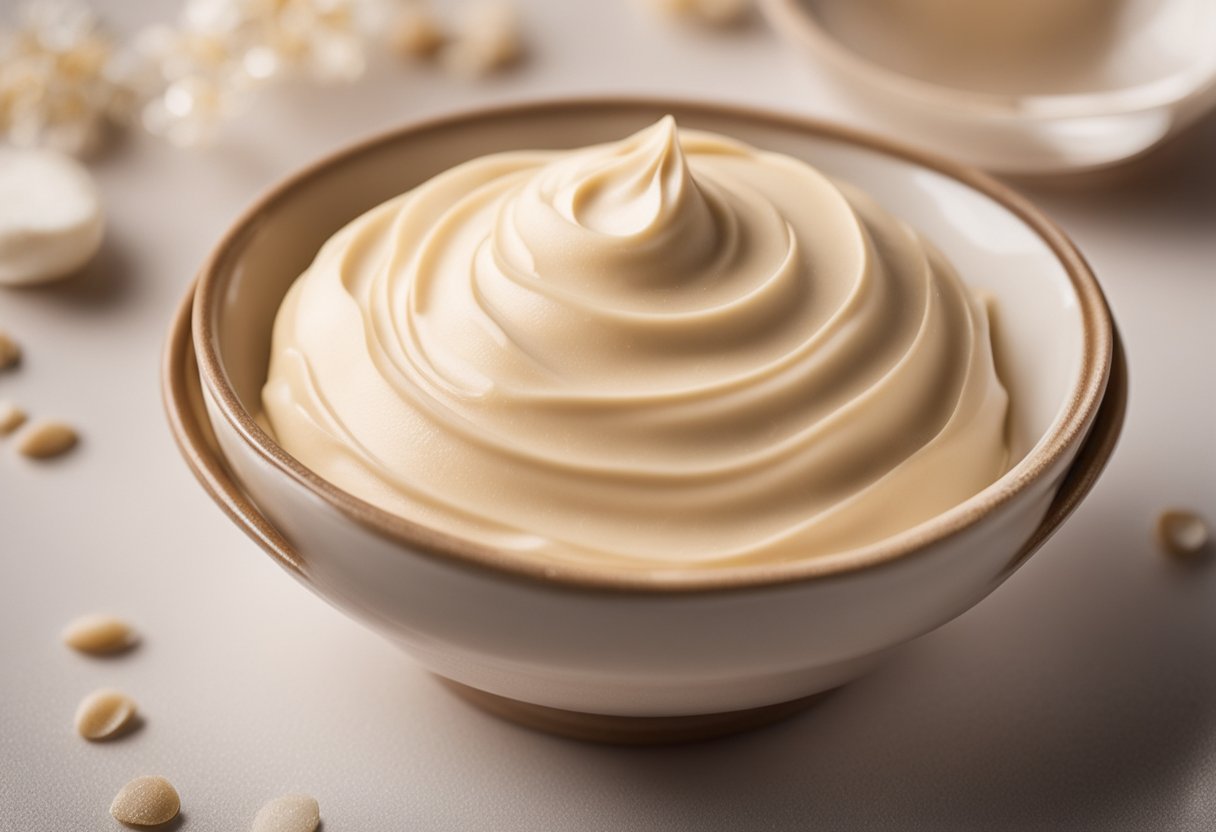
Tahini is a versatile ingredient that can be used in a wide range of diets, including vegan and vegetarian diets. As a plant-based food, tahini is a great source of protein, healthy fats, and fiber. It is also gluten-free and low in carbohydrates, making it a perfect addition to many diets.
In a vegan diet, tahini is often used as a substitute for dairy-based products such as cream cheese or sour cream.
It can be used in dips, dressings, and sauces, adding a rich, creamy texture and nutty flavor to any dish. Tahini is also a great source of calcium, which is important for vegans who do not consume dairy products.
Tahini is also a popular ingredient in Mediterranean and Middle Eastern diets, where it is used in dishes such as hummus, baba ganoush, and falafel. These dishes are often vegan or vegetarian, making tahini a great ingredient for those following these diets.
In addition to its nutritional benefits, tahini is also a versatile ingredient that can be used in a variety of dishes. It can be used as a spread on toast or sandwiches, as a dip for vegetables or crackers, or as a sauce for grilled meats or vegetables.
Overall, tahini is a great ingredient for those following a vegan or vegetarian diet, as well as anyone looking to add a healthy and flavorful ingredient to their meals. Its versatility and nutritional benefits make it a great addition to any diet.
Frequently Asked Questions
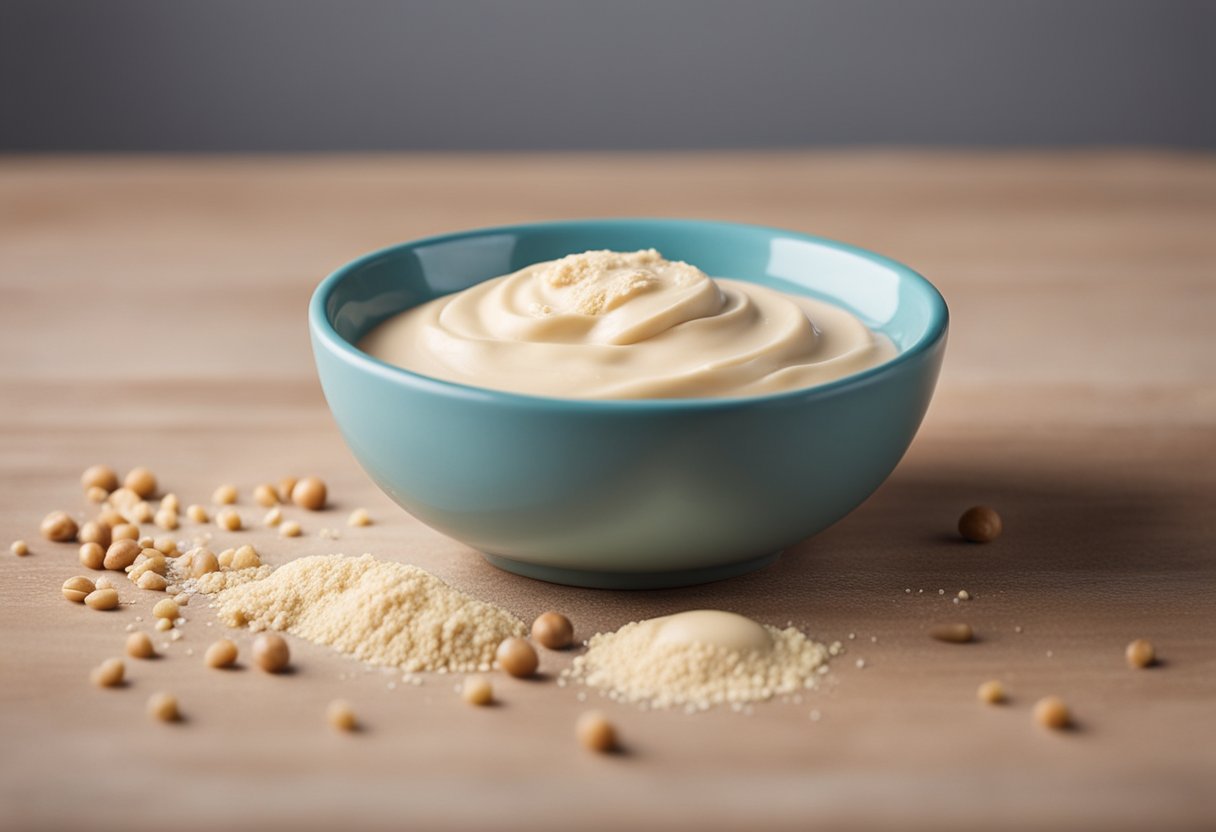
Where can I find tahini in the grocery store?
Tahini is a popular ingredient and can be found in most grocery stores. It is often located in the international foods section or near the nut butters and peanut butter. If you are having trouble locating it, ask a store employee for assistance.
What are some dishes that pair well with tahini?
Tahini is a versatile ingredient that pairs well with many dishes. It is commonly used in hummus, falafel, and baba ganoush. It can also be used as a salad dressing, a dip for vegetables, or a spread for sandwiches and wraps.
Is tahini vegan-friendly?
Yes, tahini is vegan-friendly. It is made from ground sesame seeds and does not contain any animal products.
What are the nutritional facts of tahini?
Tahini is a nutrient-dense food that is high in healthy fats, protein, and fiber. It is also a good source of vitamins and minerals, including calcium, iron, and magnesium. However, it is also high in calories, so it should be consumed in moderation.
Does tahini have a spicy taste?
No, tahini does not have a spicy taste. It has a nutty and slightly bitter flavor that is often described as earthy or savory.
Why do some people dislike the taste of tahini?
Tahini has a strong and distinct flavor that may not be appealing to everyone. Some people may find it too bitter or nutty, while others may not enjoy its texture. However, it is a popular ingredient in many cuisines and is worth trying in different dishes to see if you enjoy it.


